WTC Health Program
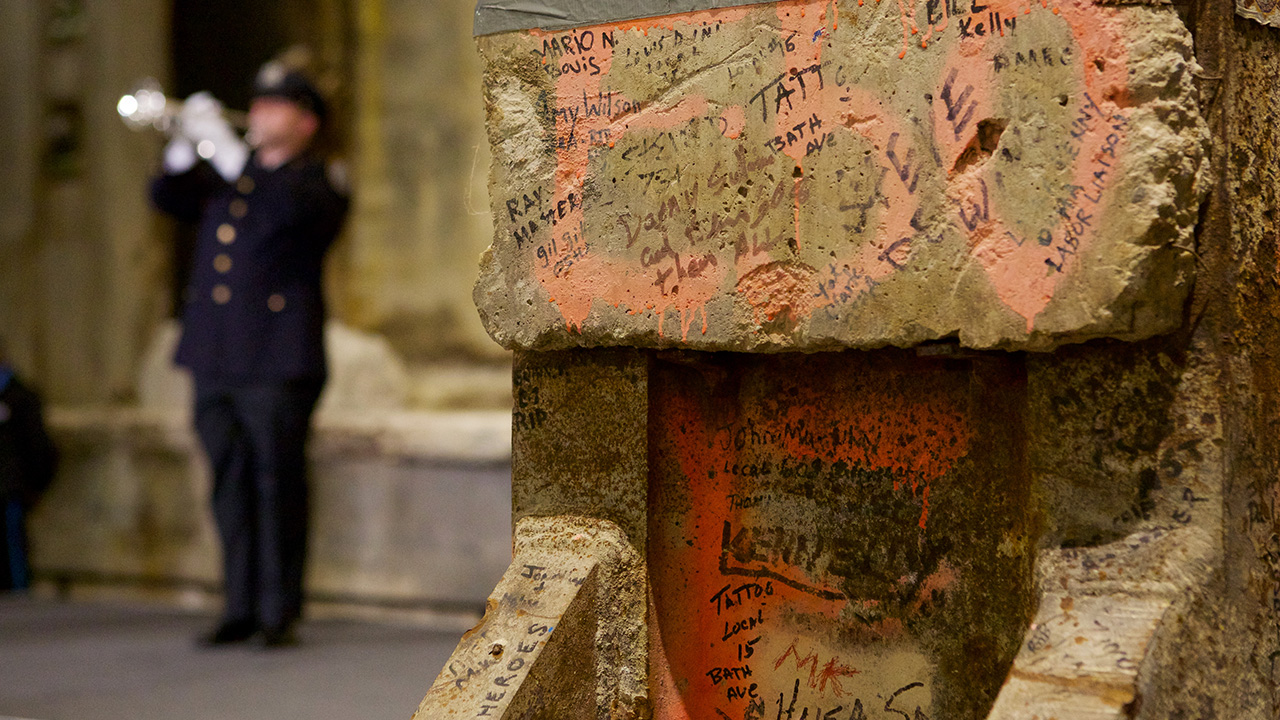
Stay informed about resources, services, and scientific research about the ongoing health effects of the 9/11 attacks.
In the aftermath of the 2001 terrorist attacks, tens of thousands of men and women from across the nation and around the world responded and participated in the rescue, recovery, and relief operations in New York City; Arlington, Virginia; and Somerset County, Pennsylvania. Admission to the Museum is complimentary for our Rescue & Recovery community; plan your visit here.
It was an unprecedented operation of removing two million tons of debris alongside fires that burned for over 100 days, leaving those who responded exposed to hazards and toxins that resulted in chronic illnesses and deaths of thousands.
The 9/11 Memorial & Museum recognizes their courage and selflessness, and honors their ongoing sacrifices.
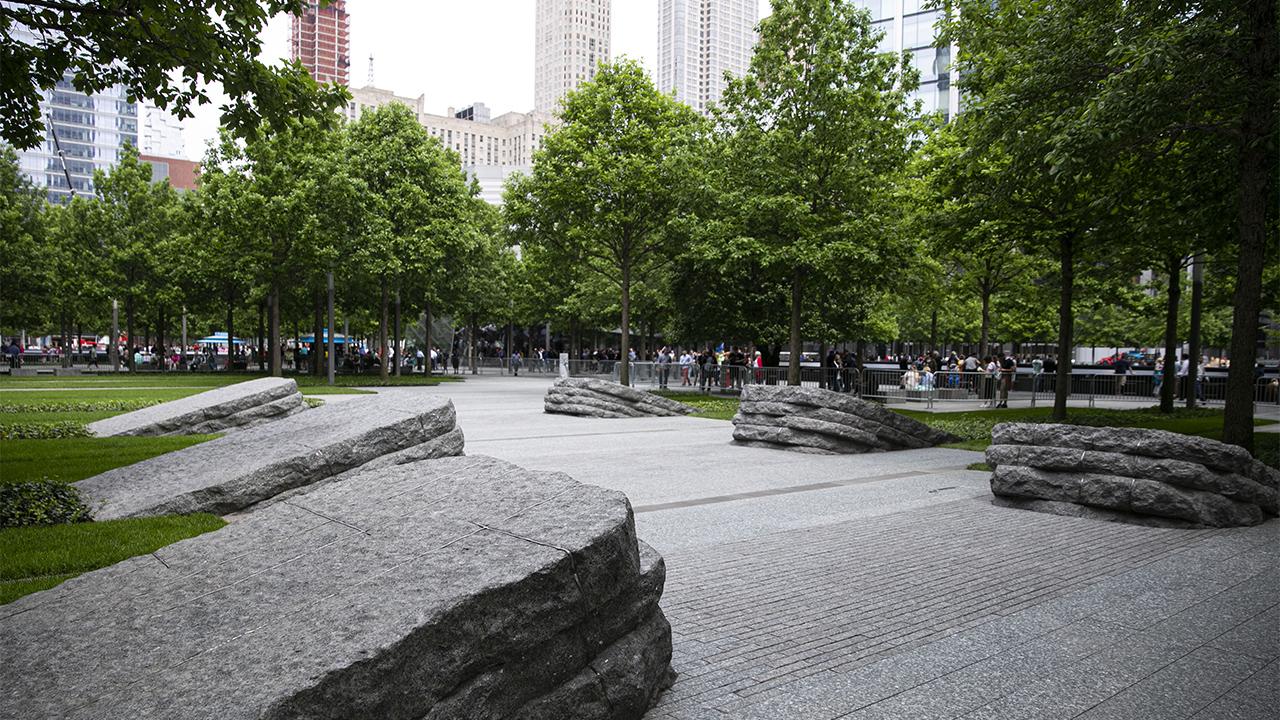
This dedicated space honors the ongoing sacrifice of rescue, recovery, and relief workers, and the survivors and members of the broader lower Manhattan community, who are sick or have died from exposure to hazards and toxins in the aftermath of 9/11.
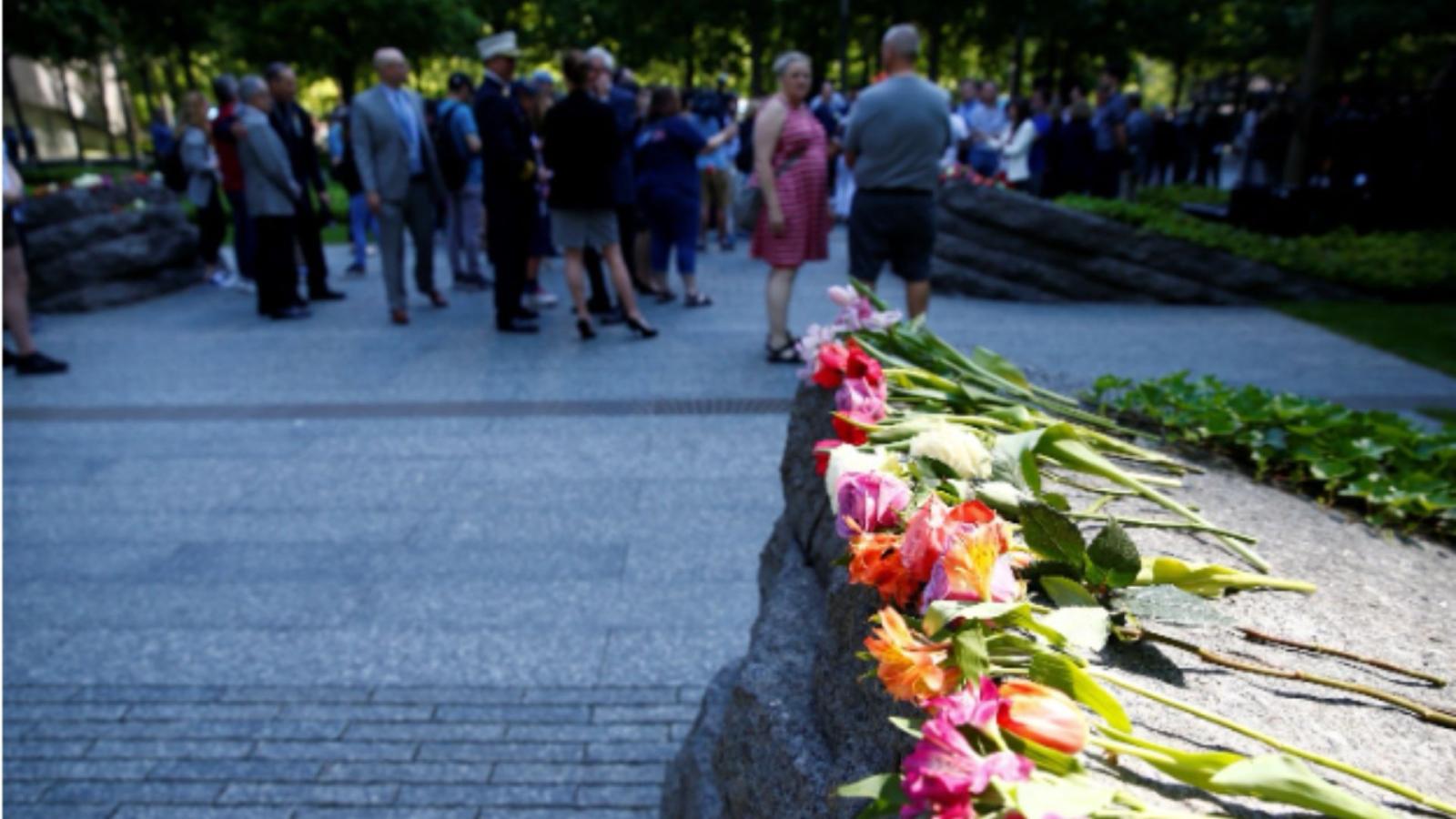
On May 30, 2002, the Last Column, draped in the American flag, was removed from Ground Zero in an honor guard procession to mark the end of the nine-month rescue, recovery, and relief efforts at the World Trade Center site.
Each year, we commemorate the May 30 anniversary with a ceremony on the Memorial plaza, where we honor the courage and sacrifice of 9/11 rescue, recovery, and relief workers, commemorate those who have died due to 9/11-related illnesses, and recognize the spirit of survivors and members of the downtown community with a special ceremony. We also mark this anniversary with a series of programs and events.
The Rescue & Recovery Workers Registry documents participants in the rescue, recovery, investigation, cleanup, and relief efforts after 9/11 in New York City; Arlington, Virginia; and Somerset County, Pennsylvania.
Registered individuals are eligible for free admission to the 9/11 Memorial Museum.
This is separate from the rescue and recovery workers mailing list and is only used for purposes of documentation and sharing your experience.
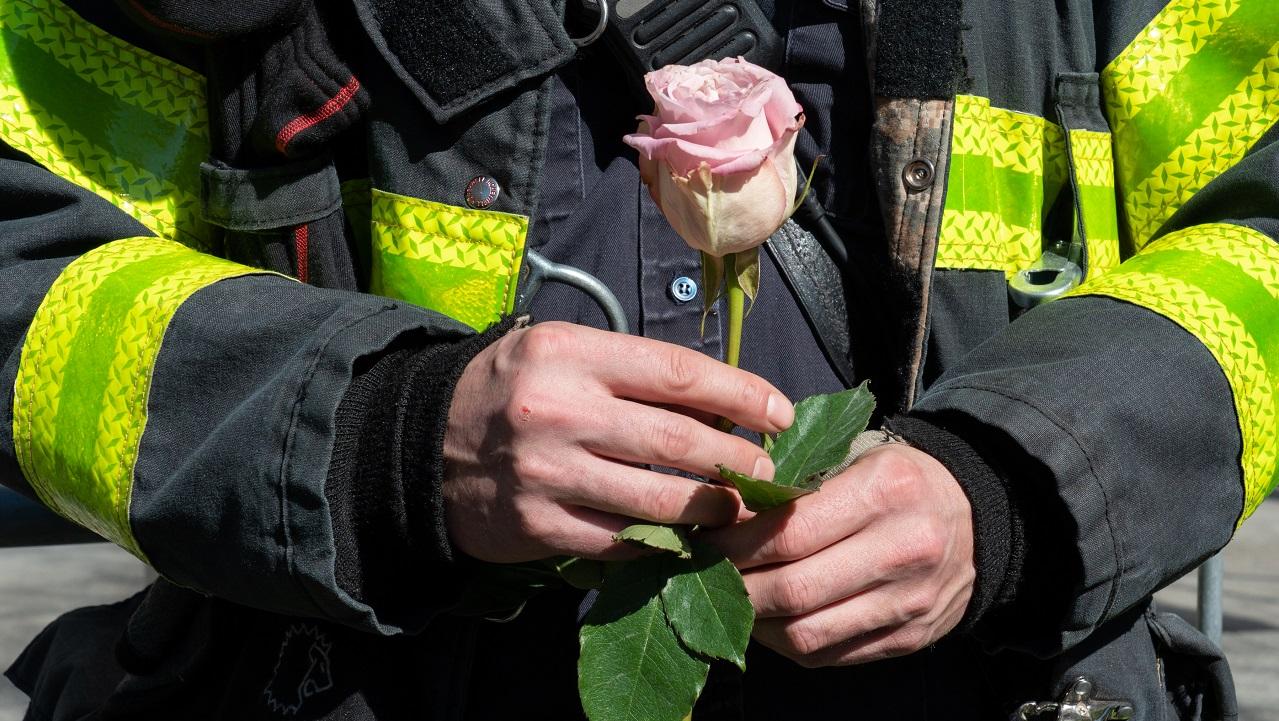
If you are a rescue and recovery worker or a family member of a rescue and recovery worker who died from a 9/11-related illness and would like to receive updates from the 9/11 Memorial & Museum regarding news and events related to this community, please complete this form.
This is separate from the Rescue & Recovery Workers registry and is only used for purposes of communication.
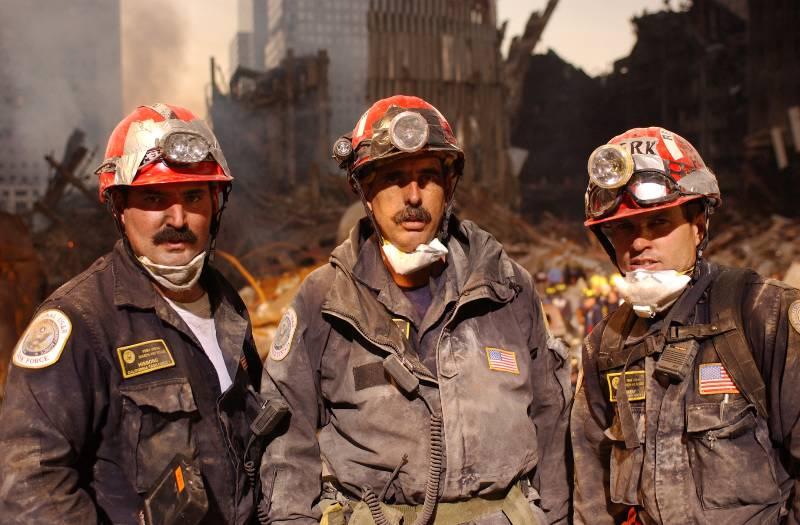
On May 30, 2022, we commemorated the 20th anniversary of the end to formal rescue and recovery operations at Ground Zero. Leading up to that milestone, we began an ongoing project compiling short Q&As with members of this community, from city agency workers who spent months on the pile to civilian volunteers, lower Manhattan residents, and everyone in between. Through these interviews, we strive to represent the diversity and scope of the unprecedented efforts at the site of the attacks and the unending impact that has touched thousands of families and individuals. More Q&As will be added regularly going forward.
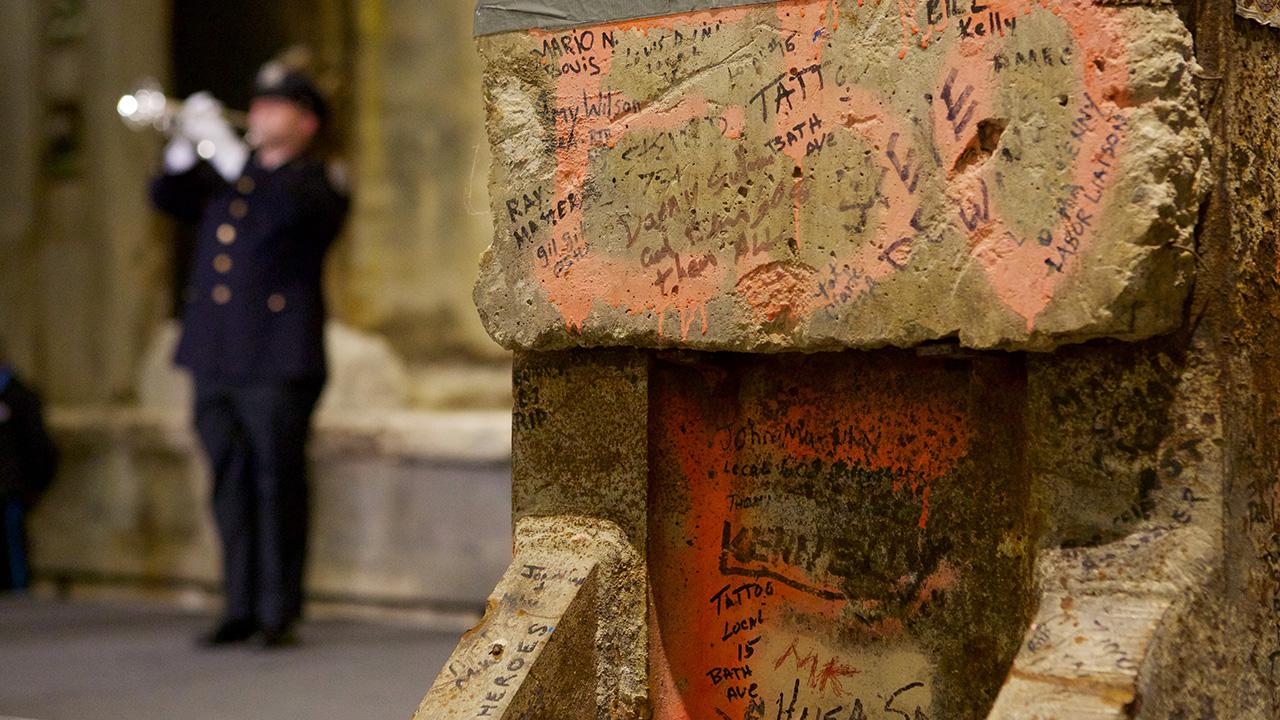
Hundreds of thousands of people in New York City, at the Pentagon, and at the crash site in Shanksville, PA were exposed to dust, debris, and traumatic events, and physically and emotionally stressful conditions on and after September 11, 2001. Over time, the WTC Health Program was created to provide medical monitoring and treatment for WTC-related health conditions. Use the button below for more information on the WTC Health Program, including how to apply, member care, ongoing research, and a timeline of the advocacy efforts that led to its creation.
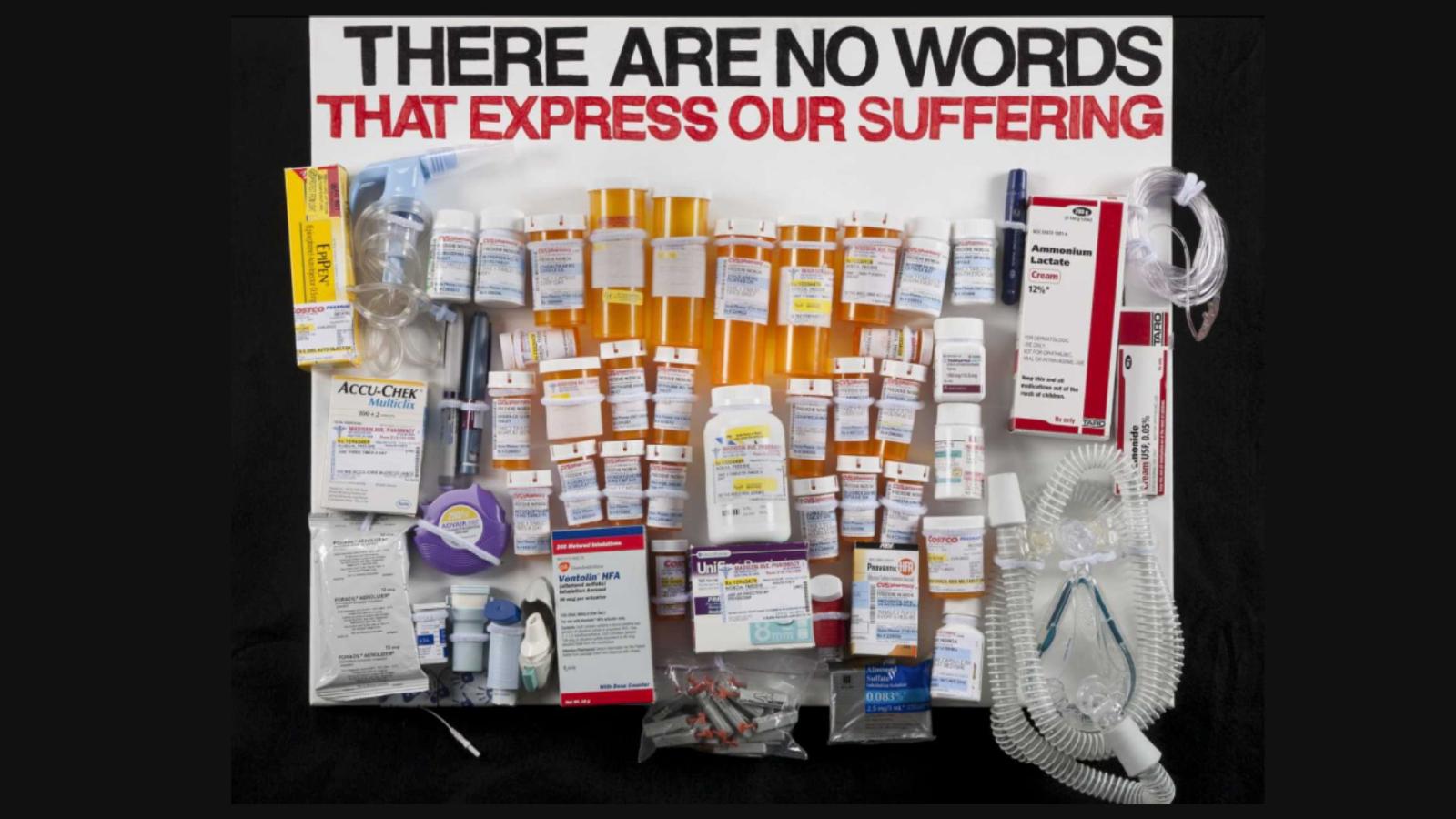
Above: After responding to the World Trade Center on the morning of 9/11, paramedic Freddie Noboa aided in the rescue and recovery for more than two weeks. Within a year, his health began a steep decline. By 2008, Noboa believed he had "transformed from a healthy man to an old man," taking 23 different medications at any given time. Noboa created this protest sign filled with empty prescription bottles and used it while advocating at public rallies for the passage of the James Zadroga 9/11 Health and Compensation Act.
To learn more about the scope of the Museum’s permanent collection, please visit Inside the Collection, an online catalog with a searchable database of select objects. The database is continually growing to bring more of the Museum’s rich holdings to a wider audience.
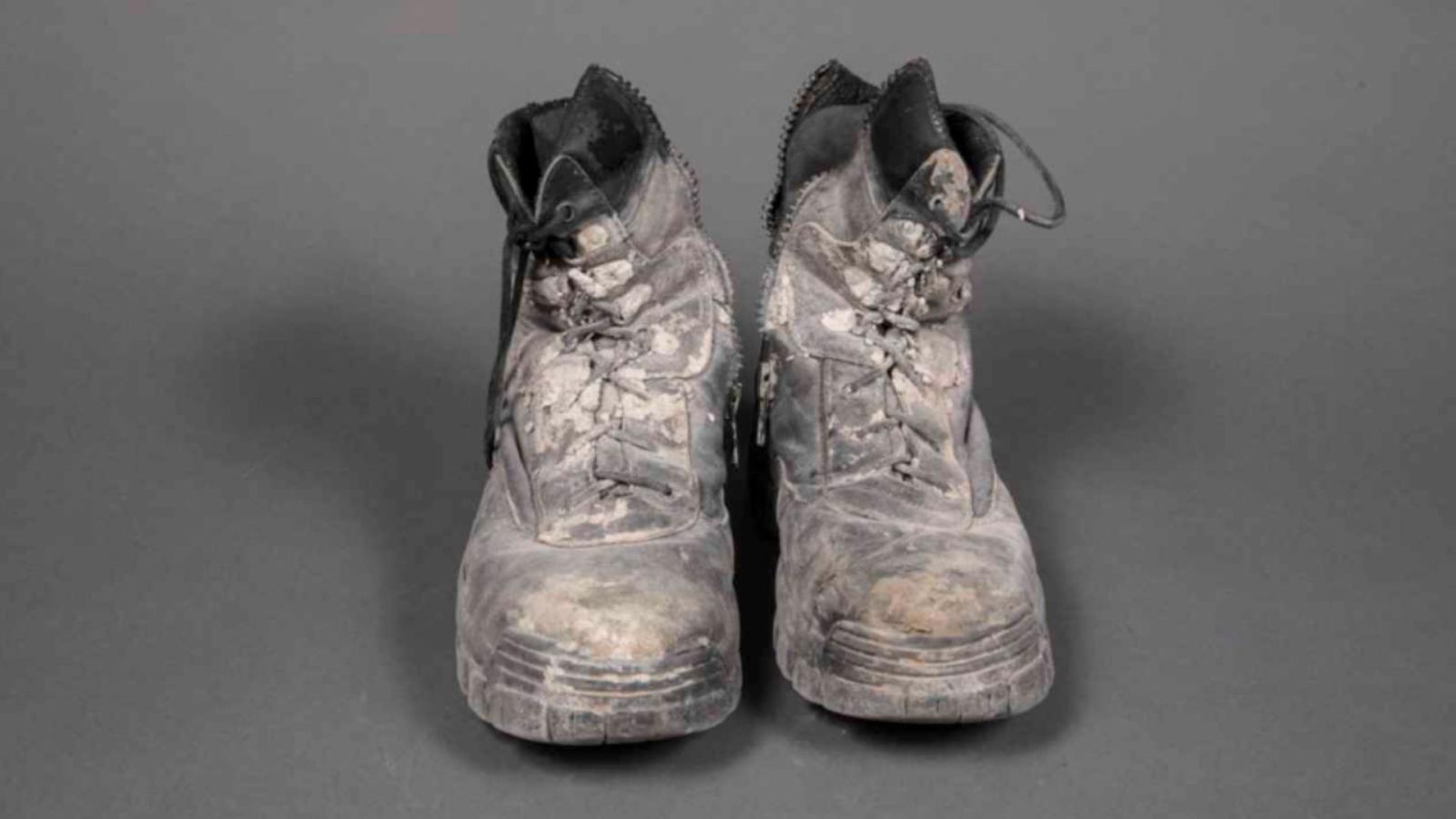
Above: Brian Smith, an FDNY Battalion 31 Emergency Medical Specialist, was finishing a shift at his unit’s firehouse in Brooklyn on the morning of 9/11. As he left the station, he witnessed hijacked Flight 11 hit the North Tower. Smith deployed the site to help establish a triage center, and survived the collapse of both towers. Smith served at Ground Zero during the recovery period searching for the remains of victims, including his father, FDNY Hazmat Company 1 Firefighter Kevin Joseph Smith.
The Museum is actively accepting donations to the permanent collection. If you have objects, documents, or images of a historical or commemorative nature, or a story to share that you believe might be of interest to the Museum, please tell us about them by using the link below.
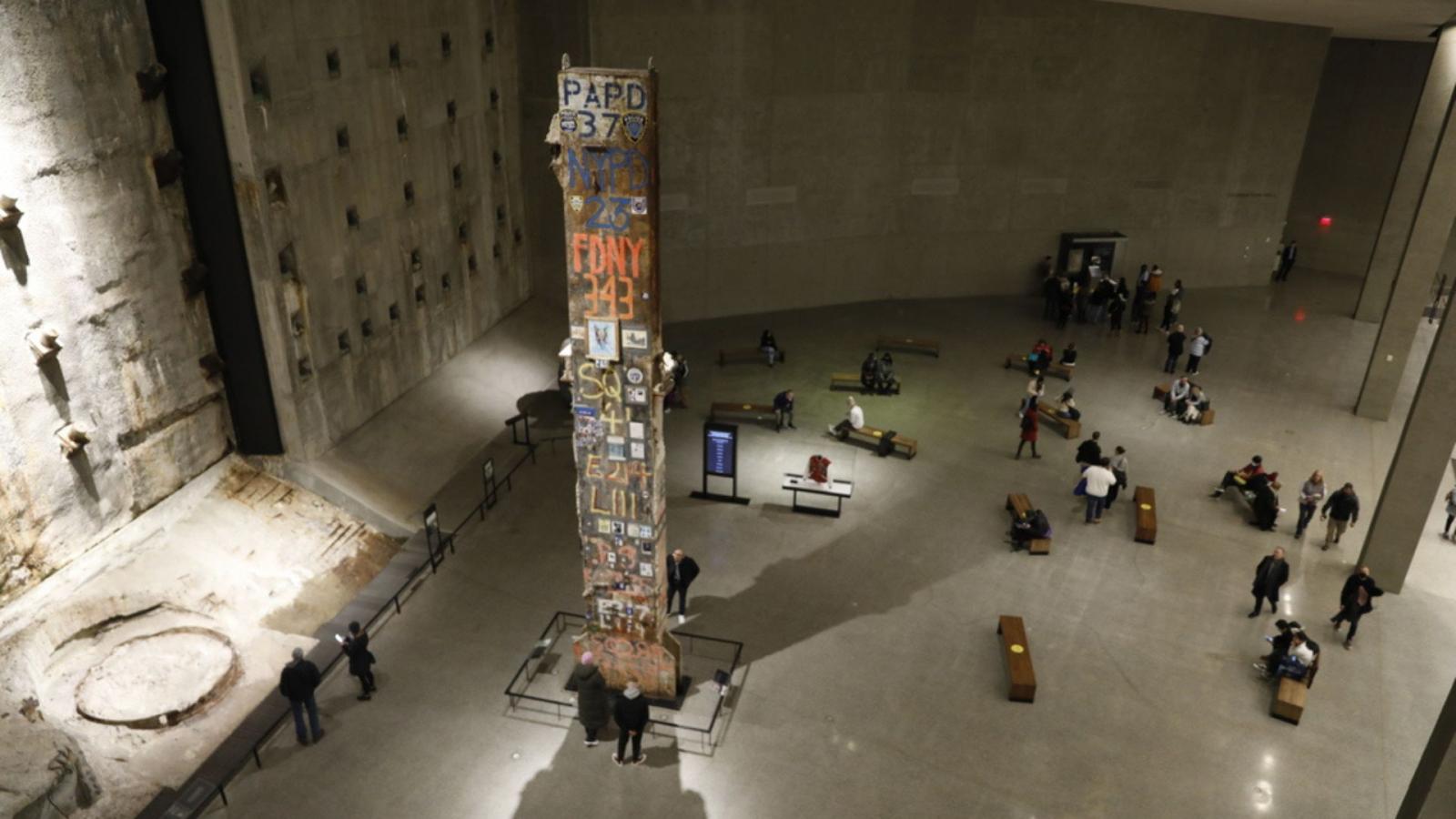
The 9/11 Memorial Museum's Foundation Hall is home to artifacts and objects — like the Last Column and John Feal’s bomber jacket — that speak to the resiliency and courage of this community.

Stay informed about resources, services, and scientific research about the ongoing health effects of the 9/11 attacks.
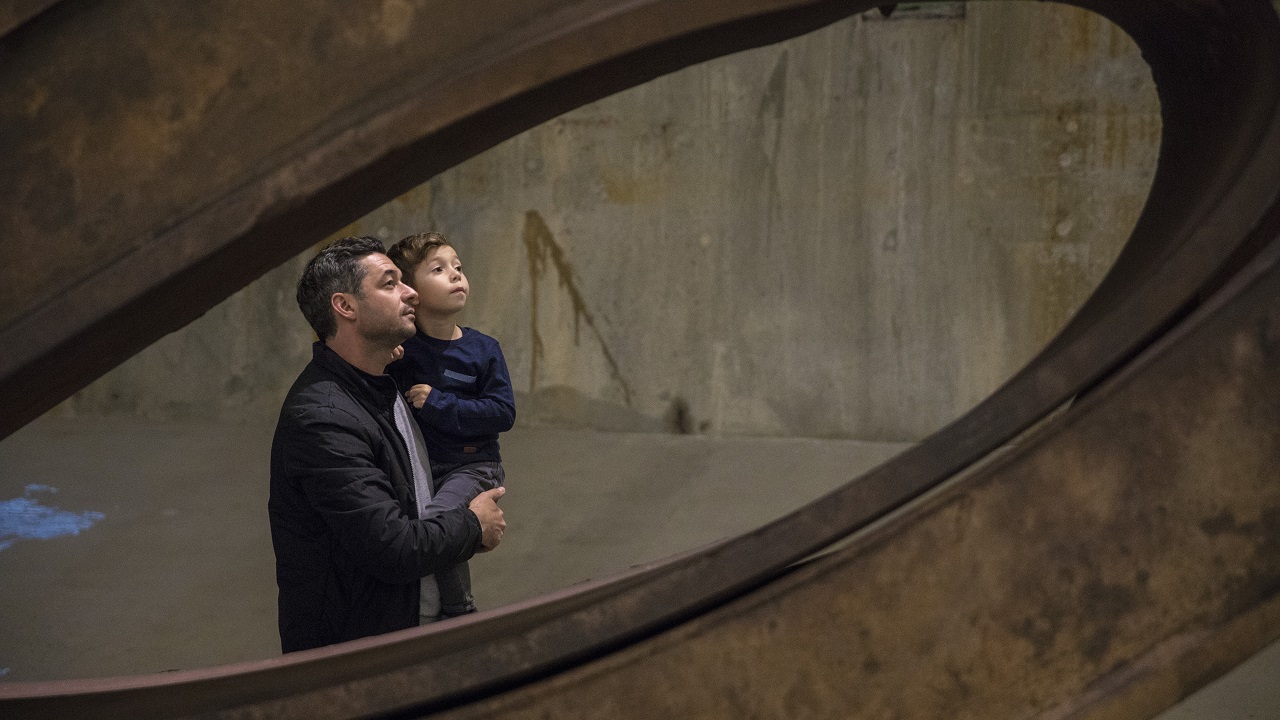
Support our mission and receive exclusive admission benefits including free and expedited entry for you and your guests.